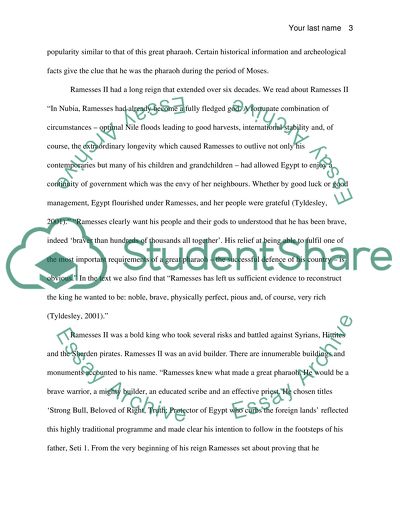Cite this document
(“Ramesses Egypt's Greatest Pharaoh by Joyce Tyldesley Book Report/Review”, n.d.)
Ramesses Egypt's Greatest Pharaoh by Joyce Tyldesley Book Report/Review. Retrieved from https://studentshare.org/literature/1491260-ramesses-egypt-greatest-pharaoh
Ramesses Egypt's Greatest Pharaoh by Joyce Tyldesley Book Report/Review. Retrieved from https://studentshare.org/literature/1491260-ramesses-egypt-greatest-pharaoh
(Ramesses Egypt'S Greatest Pharaoh by Joyce Tyldesley Book Report/Review)
Ramesses Egypt'S Greatest Pharaoh by Joyce Tyldesley Book Report/Review. https://studentshare.org/literature/1491260-ramesses-egypt-greatest-pharaoh.
Ramesses Egypt'S Greatest Pharaoh by Joyce Tyldesley Book Report/Review. https://studentshare.org/literature/1491260-ramesses-egypt-greatest-pharaoh.
“Ramesses Egypt'S Greatest Pharaoh by Joyce Tyldesley Book Report/Review”, n.d. https://studentshare.org/literature/1491260-ramesses-egypt-greatest-pharaoh.


